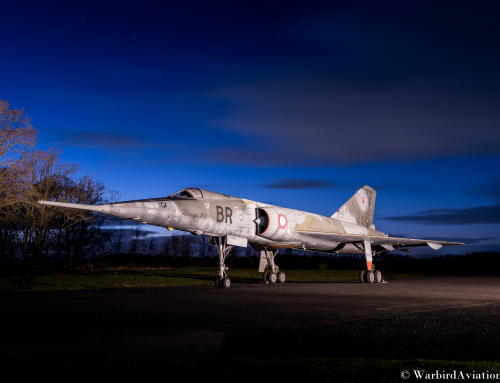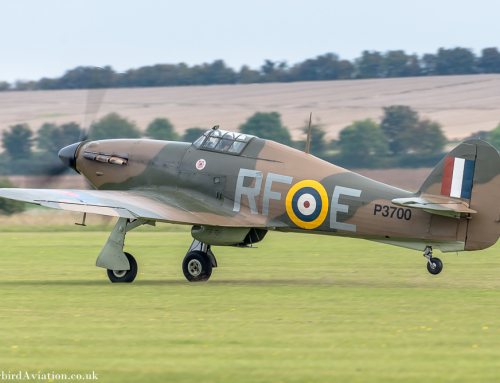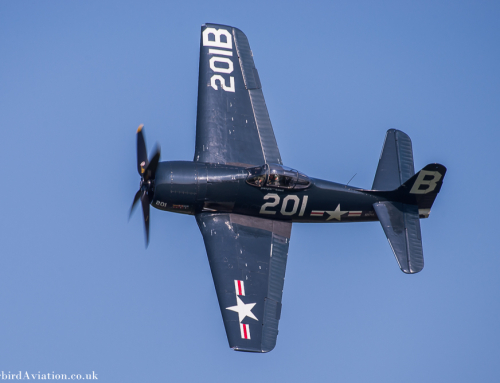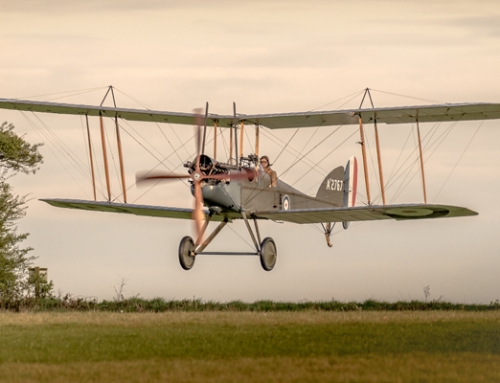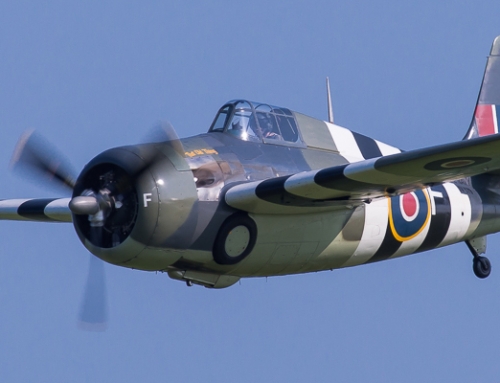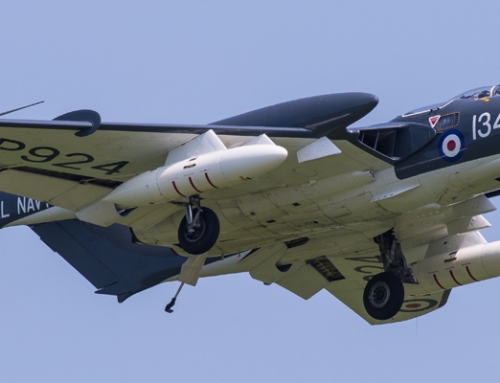Blackburn Buccaneer XN974 | Yorkshire Air Museum
- STATUS: Ground Running
- LOCATION: Yorkshire Air Museum
- OWNER: Yorkshire Air Museum
- ROLE: Maritime strike aircraft
- BUILT: 1964
- LENGTH: 19.33 m 63 ft 5 in
- WINGSPAN: 13m 44 ft
- ENGINE: Rolls-Royce Spey turbofan engines.
- MAXIMUM SPEED: 670 mph, 1,070 km/h Mach 0.95
- RANGE: 2,300 mi, 3,700 km
Blackburn Buccaneer XN974 was built in 1964 initially as an S.1 but was converted mid production to become the first production Buccaneer S.2 to be delivered , making its first flight from British Aerospace airfield at Holme-on-Spalding Moor on 5 June 1964.
The Blackburn Buccaneer S.2 was a two-seat, low-level, strike and reconnaissance aircraft of all-metal, stressed-skin construction, powered by two Rolls-Royce RB Spey Mk.101 turbofans, delivering 11,100 lb thrust. It had a maximum speed at sea level of 690 mph (Mach 0.92), a tactical radius of 500-600 miles and a range of 2000 miles.
The Buccaneer served in the Fleet Air Arm for a number of years as its major low-level strike aircraft before being enlisted by the Royal Air Force for long-range strike and photo- reconnaissance. About 100 Buccaneers entered Royal Air Force service from February 1969 until their retirement after the Gulf War.
Blackburn Buccaneer XN974 flew on trials work her entire career operating from Bedford, Driffield and Warton with the Royal Aircraft Establishment and Aeroplane and Armament Experimental Establishment. She carried out sea trials aboard HMS Eagle and hot weather trials in the United States. On her return flight from the US she became the first Royal Navy aircraft to fly transatlantic without refuelling.
After retirement she was flown into Elvington in 1991. In late 2016 / early 2017 significant engineering and restoration work was undertaken on NX974 including repainting into her original Royal Navy colour scheme which she still has today. She is maintained in ground running condition.





